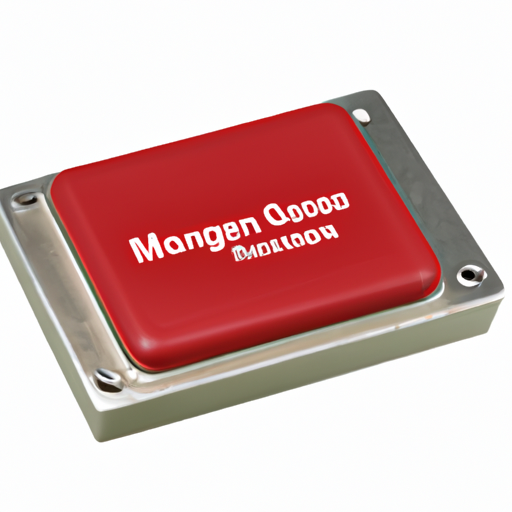Core Functional Technologies of Gas Sensors
| 1. Sensor Types | |
| 2. Signal Processing | |
| 3. Wireless Communication | |
| 4. Integration with IoT | |
| 1. Industrial Safety Monitoring | |
| 2. Smart Home Systems | |
| 3. Environmental Monitoring | |
| 4. Agricultural Applications | |
| 5. Automotive Applications |
Application Development Cases
Conclusion
Gas sensors are essential components in a wide range of applications, leveraging various technologies to effectively detect and monitor gases. Their integration into IoT systems and their application in safety, environmental monitoring, and smart technologies continue to evolve, driving innovation and improving safety and quality of life. As technology advances, the capabilities and applications of gas sensors are expected to expand, further enhancing their role in various industries.






